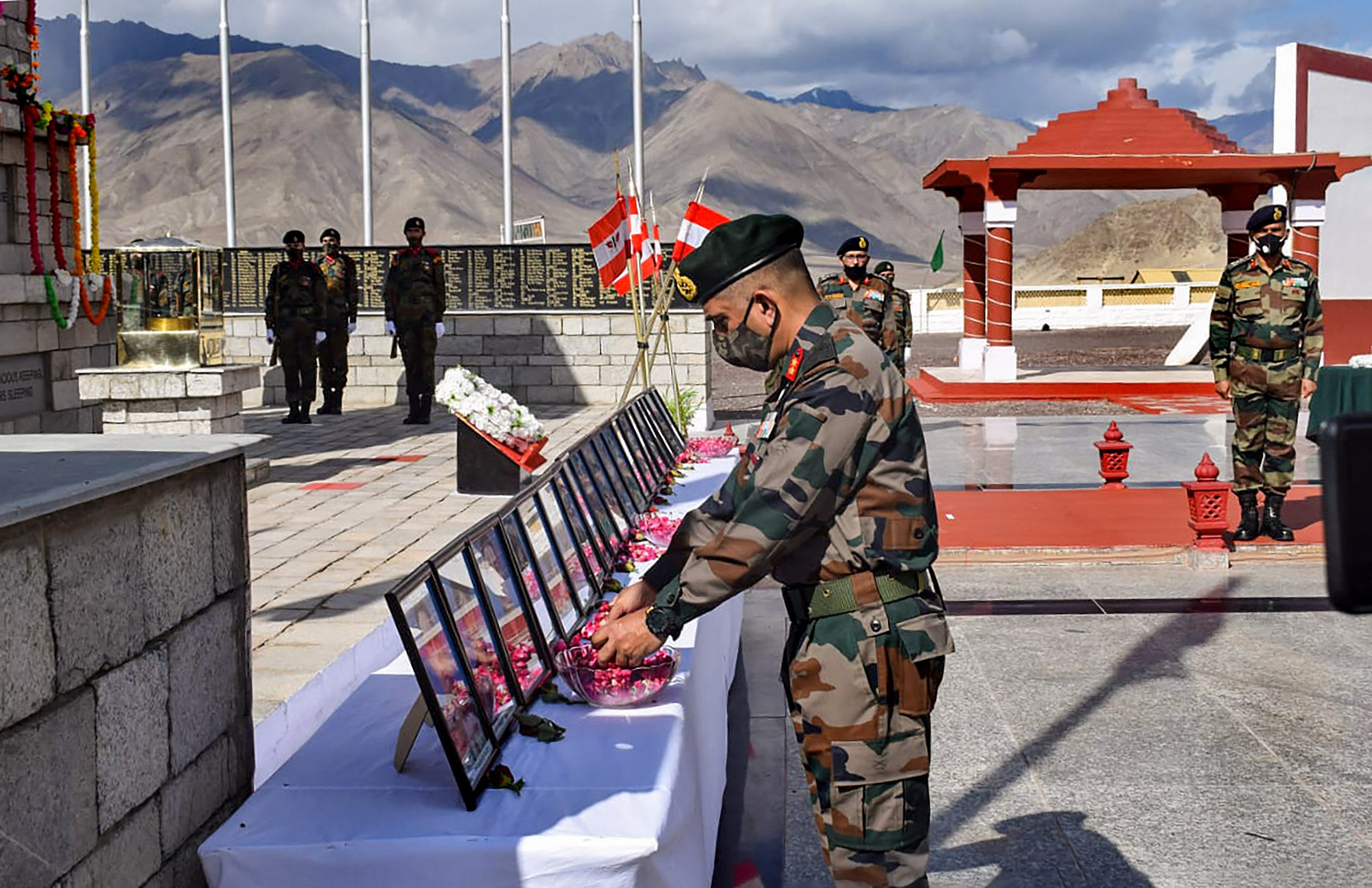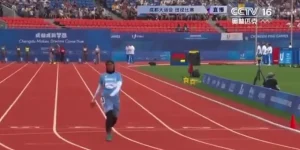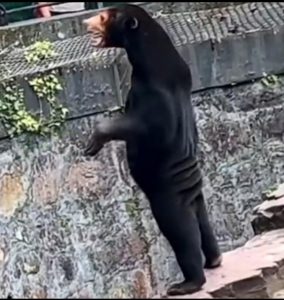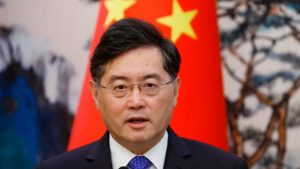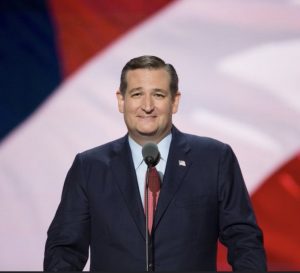Exactly one year back on June 15, 2020, Ladakh’s Galwan Valley erupted with violent clashes between China’s PLA and the Indian Army. The clashes left 20 Indian soldiers dead and bilateral relations damaged beyond repair. What followed was a national outrage against China that saw India banning several Chinese apps and people boycotting China-made goods. Even after 11 rounds of talks between the two countries in the past year, ties are nowhere near normal.
The tension
In the run-up to the tragic day, troop movement was evident near the LAC with India alleging that China had moved into the Indian side. Several rounds of talks between local military commanders did not yield much. Finally, the two sides agreed to pull back and create a buffer zone.
What happened on June 15, 2020
On the fateful day, an Indian commander suspecting Chinese activity in the area went to inspect. This soon got out of control and 20 Indian soldiers died in clashes with no shots being fired. Defence Ministry later said that China had used ‘unorthodox weapons’. Though China did not make any formal announcement of the toll on its side, they did later honour so-called ‘Galwan heroes’ at a special function.
Breakthrough and disengagement
Though the first rounds of talks were held between the two nations days after the clash, the first major breakthrough was only reached in February this year when China’s Defence Ministry said that both troops on the southern and northern shores of Pangong Tso had “synchronized and organized disengagement”.
Last month, Army Chief General M M Naravane said, in an interview, that “There has been no transgression of any kind and the process of talks is continuing.”

